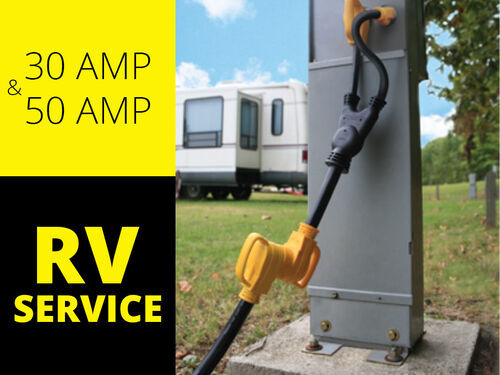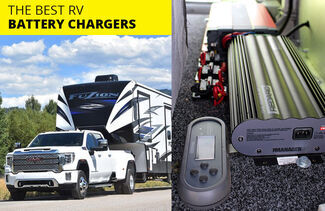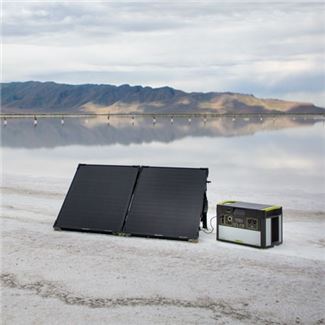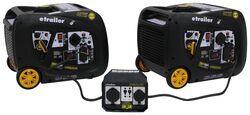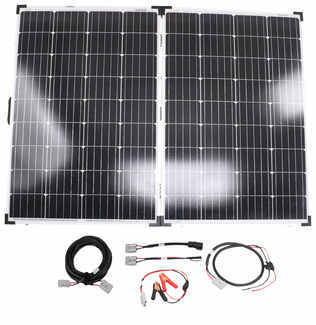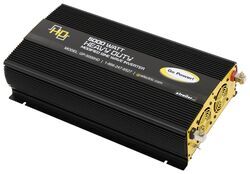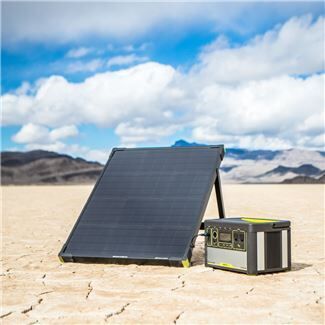
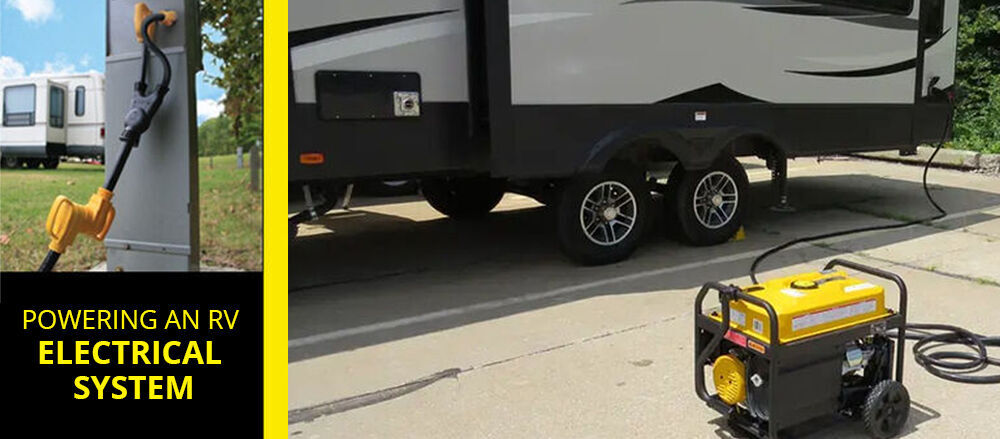
How Does an RV Get Power?
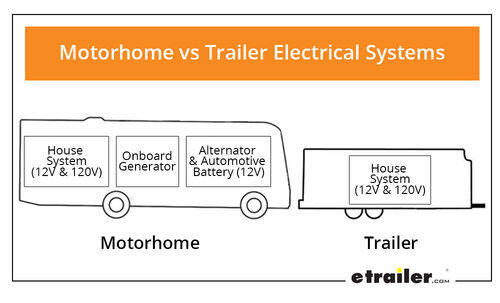
Running DC Appliances
Directly charge your DC batteries with a DC charger, alternator, or solar panel Use built-in converter charger to change AC power into DC power and feed your batteries
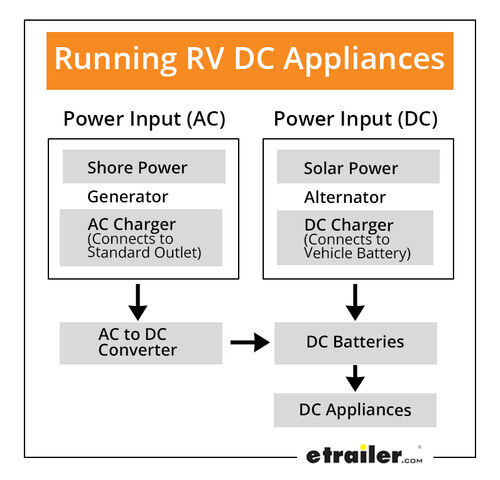
Running AC Appliances
Plug into an external AC power source (shore power or generator). You can run your AC appliances directly from this power source. Use an inverter to change your 12V DC battery's power to 120V AC and power your appliances
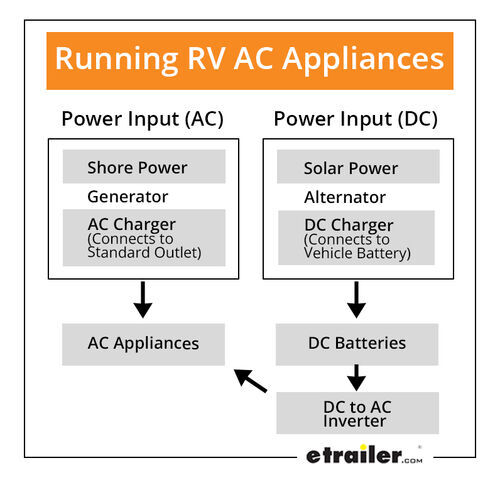
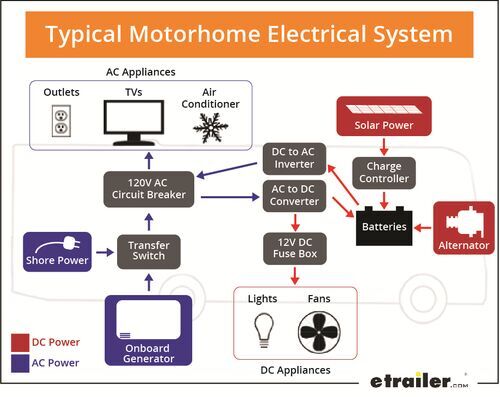
What's the Best Way to Power an RV?
Staying at a campground Boondocking (camping off grid) Storing your rig
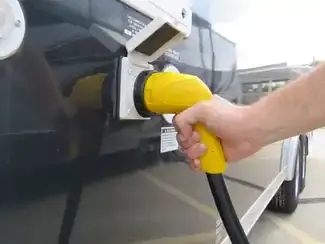
Scenario 1: Camping with electrical hookups (shore power)
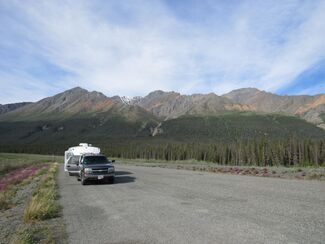
Scenario 2: Boondocking (Camping Off Grid)
Solar power: Solar panels supply DC power directly to your batteries. Generator: Your built-in converter changes the generator's AC power into DC for your batteries. Battery Charger: A DC battery charger like the Manager30 or BCDC by Redarc uses solar power as well as your tow vehicle/motorhome alternator to charge your batteries.
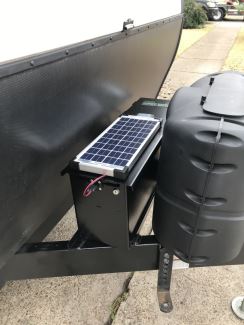
Scenario 3: Storing Your RV
AC to DC Charger If you have access to AC power (like a standard wall outlet), the easiest way to keep your battery juiced up is with one of these chargers. They plug directly into the outlet, change the AC power to DC power, and charge up your batteries. (Note: if you need a charger both for storage and for boondocking, the Manager30 is an excellent all-in-one device.) Solar battery box or solar charger These options are ideal if you'll be storing your battery outdoors. Many battery boxes even come with built-in locks to keep your battery secure until you get back to it.
Departments
Towing
- Trailer Hitch
- Fifth Wheel
- Gooseneck
- Towing a Vehicle
- Front Hitch
- RV Hitch
- ATV Hitch
- HD Truck Hitch
- Vehicle Wiring
- Brake Controller
- Ball Mounts
- Weight Distribution
Sports and Recreation
Trailer Parts
- Utility Trailer
- Boat Trailer
- Landscape Trailer
- Enclosed Trailer
- 5th/Camper Trailer
- Car Hauler
- Horse Trailer
Vehicle
Contact & Help

What our customers are saying:
"Easy place to shop. Fast delivery and great products. Very happy with my purchase."
Ed
Boynton Beach, FL
Popular Vehicles
- Subaru Forester
- Ford F-350 Super Duty
- Ford F-250 Super Duty
- Chevrolet Silverado 1500
- Jeep Wrangler Unlimited
- Jeep Wrangler
- Ram 3500
- Toyota Highlander
- Ram 2500
- Chevrolet Silverado 2500
- Subaru Outback Wagon
- Chevrolet Silverado
- Dodge Ram Pickup
- GMC Sierra 2500
- Ram 1500
- Ford F-250 and F-350 Super Duty
- Jeep Grand Cherokee
- Toyota Tacoma
- GMC Sierra 3500
- Toyota Tundra
- Ford Escape
- More >>


